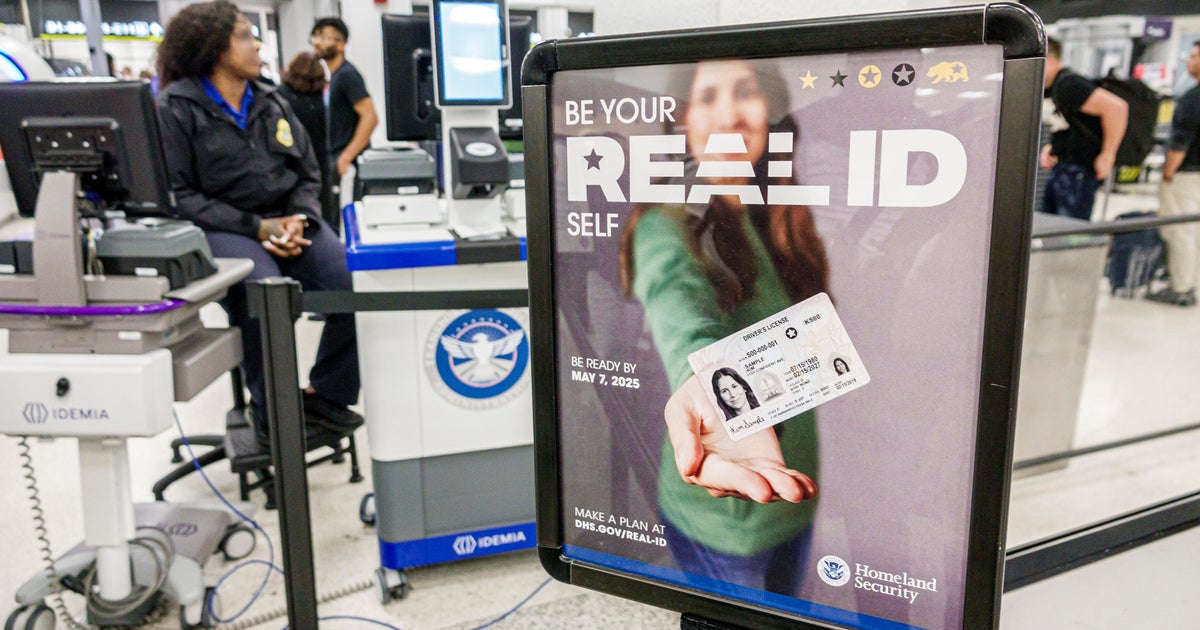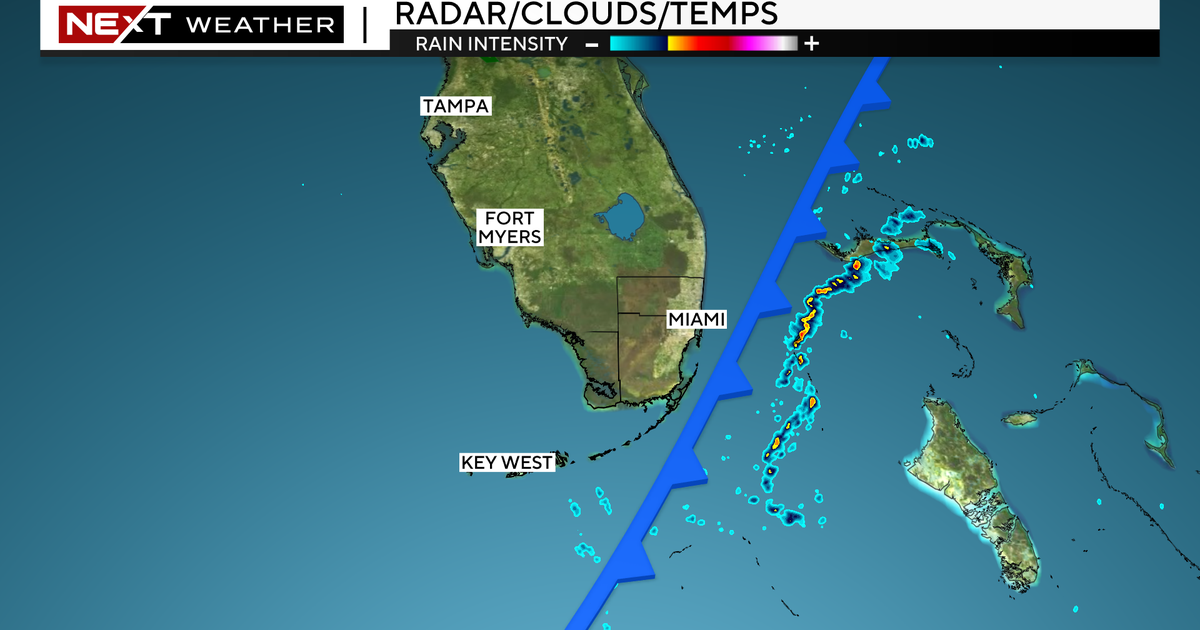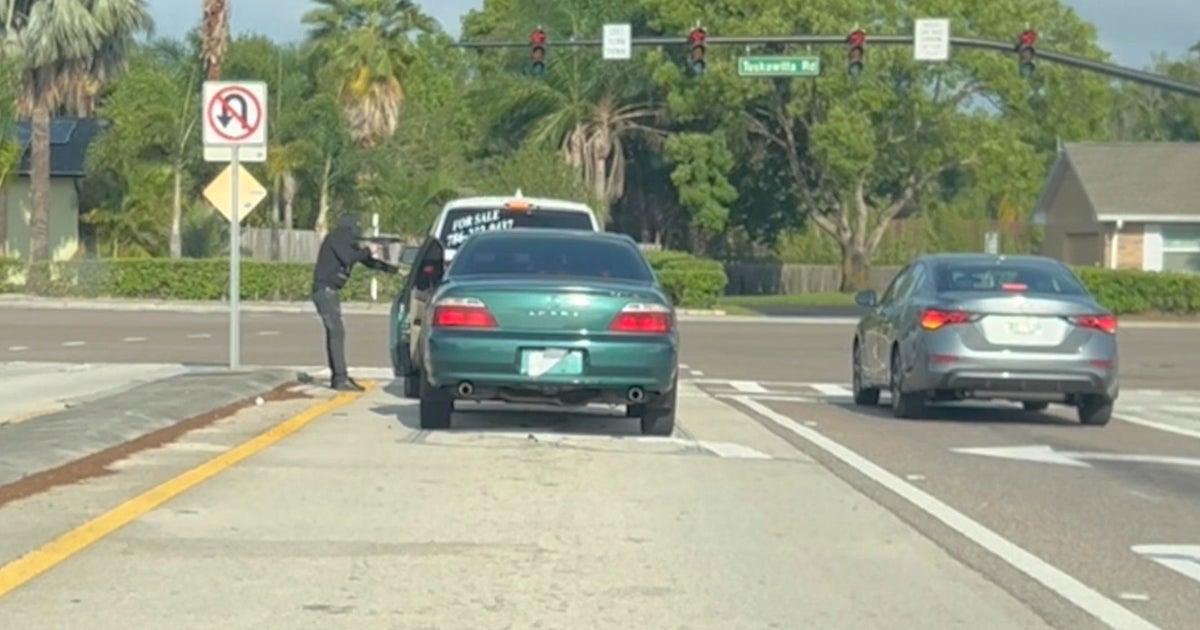Original Dolphins Broadcaster Henry Barrow: A Pioneer In His Profession
Follow CBSMIAMI.COM: Facebook | Twitter
Those lucky enough to have followed the Miami Dolphins since the franchise's beginning will remember the name Henry Barrow. A staple on the South Florida airwaves since the early 1960's, Barrow became an integral part of Dolphins broadcasts for the better part of three decades. He was there for all five of Miami's Super Bowl visits and gained the trust of one of the most secretive coaches in NFL history, Don Shula.
Barrow also pioneered a position that is now the standard in any radio or television sports broadcast. He was the first to stand on the sideline while on the air, reporting on things that had never before been a part of a football broadcast.
However, unlike the sideline reporting that is done now-a-days where the talent will pop on the air a handful of times, Barrow did the color commentary for the entire game broadcast from down on the field.
CBS4's David Dwork had the chance to sit down with Barrow and hear all about his experiences that encompassed almost thirty years of Dolphins football.
Barrow was the morning news anchor on WIOD when Miami was first awarded its AFL (American Football League) franchise. One day following his daily newscast he went into the station's sales office and was told to take a look at the bulletin board.
"I walked over and saw a bunch of new shows," said Barrow. "Dial the Dolphins, Budweiser Dolphins Show, The 'Mrs. George Wilson' Football For Women Only Show and on and on. I was told I was the only announcer at the station who knew anything about football so I had been named sports director and had all of the Dolphins shows. That led to being the color announcer on the Dolphins broadcast."
The Dolphins originally hired disc jockey Ned Powers to do play by play, and former NFL fullback Don Bosseler to do the color, with Barrow doing the pregame, halftime and postgame shows.
"That team did not last long," said Barrow.
During Miami's inaugural season, they changed broadcasters every few games while trying to find the right men for the job.
By 1967, the Dolphins second season, former Boston Patriots play-by-play announcer Bob Gallagher was brought in to handle the duties in Miami with Barrow as his color analyst.
When Don Shula arrived in South Florida in 1970, he brought in his own play-by-play announcer from his time with the Baltimore Colts, and this started a trend of changing broadcasters. For the next five seasons there was a different combination of announcers in the booth, with the only constant being Barrow down on the sidelines.
Before he could go down there though, Barrow had to get Shula's approval.
In 1971 the station hired Rick Weaver as their play-by-play man for the Dolphins broadcast, and he wanted to bring in former all-pro offensive lineman Lou Creekmur to do color. It was then that Barrow expressed a desire to do color from the field.
"The next step was to get Shula's permission and the permission of the NFL. After I explained what I intended to do, both okayed it. Shula had a very complete list of 'can do's' and 'can't do's'."
At a time when wireless microphones had yet to be invented, an extremely long cable was run from the broadcast booth on top of the Orange Bowl's south side press box all the way down to the field.
WIOD's engineer at the time designed a button on Barrow's microphone that would kill the audio in Weaver's headset, letting him know that Barrow had something to say.
"I was able to see who recovered fumbles, how badly a player had been hurt and when substitutions were made," said Barrow.
The injury updates were not only valuable to the listening audience. The wives of the Dolphins players would thank Barrow on a regular basis for the immediate updates.
A great example of this came during the 1972 perfect season.
"When Bob Griese went down, [Dolphins] trainer Bob Lundy signaled me that it was an ankle [injury]," Barrow explained. "Bob was taken to the locker room and then to the hospital. His wife was listening to her radio in the stands and knew to dash to the locker room.
"She later thanked me and let me know she was able to drive to the hospital and be there for Bob [thanks to the broadcast]. Other wives would come down to the edge of the stands and ask me about their husband's injury."
The sideline reporting also opened up another aspect to the broadcast that otherwise would never have happened.
"It became expected that stars like Jackie Gleason, the cast of Miami Vice, Governor Bob Graham, Johnny Mathis and all kinds of celebrities wanted to go on the air with me [from the field] and I welcomed that," said Barrow.
While rubbing elbows with the stars was a nice perk of the job, Barrow relished the relationships he forged with guys like Shula and Larry Csonka.
Access to players and coaches was a little different in the 70's then it is today. Head coaches controlled every aspect of the team, including media availability.
Although coach Shula always played things extremely close to the vest, he and Barrow established a strong connection from the start.
"Back in my day, I was allowed to enter the locker room at any time, except during a team meeting. If I walked past Don Shula's office and the door was open, I could ask him [questions] for a couple of minutes and if he felt like it, I could turn on the recorder. I could also seek permission to chat with any of the other coaches.
"I had a very good relationship with Coach Shula. He is quite a man and the best coach the NFL has ever known."
The two have always remained friendly and could even share a laugh about things that Shula may not have found so funny during his coaching days.
"When [former Dolphins receiver] Duriel Harris was playing, he was the only player that left his helmet on the bench during halftime," said Barrow. "That was because he wanted me to put a hot dog in it during the break. He would come back after halftime and put the helmet up to his face and eat. It looked like he was praying!
"Many years later I told Coach Shula what was really going on. He thought it was funny and was amazed we pulled something over on him!"
Barrow got himself in Shula's good graces by always being honest and up-front with his reporting and, hot dogs aside, never going against any of the coaches' wishes.
When it came to interacting with and reporting on the Dolphins' players, none endeared themselves more to Barrow than Larry Csonka.
Barrow calls Csonka his "favorite offensive player" and "one of the best offensive players the Dolphins have ever had."
During Csonka's seven seasons with the Dolphins there were multiple occasions in which he and Barrow shared more than a few laughs together. When asked about his best memories with the Hall of Fame fullback, Barrow laughed while saying that so many came to mind.
"I remember a night game at the Orange Bowl against the [Chicago] Bears. Chicago's best defensive player was linebacker Dick Butkus. He and Csonka were two of the toughest competitors ever. On that night, Csonka broke past the line and could have run past Butkus, who had bad knees and couldn't catch Csonka, but Csonk ran right at him and plowed him over.
"Later in the game Csonka came over to trainer Bob Lundy and said 'Butkus bit me!' Lundy pulled down Csonka's sock and there were teeth marks!"
With a big smile on his face, Barrow recalled another story that stood out in his memory.
"Another Csonka moment for me was after the Super Bowl in the L.A. Coliseum, which gave Miami the perfect season. I went right to Csonka and he reached out his arms and, because I am so short, his arms went around my face, breaking my glasses. To show he was sorry he rounded up players for me to interview. He is a class individual.
"I admire Larry Csonka even today. He is a true hall of famer."
Barrow's final two seasons with the Dolphins came during the Dan Marino era.
After seeing the 70's Dolphins evolve as a run-first team with guys like Csonka, Jim Kiick and Mercury Morris, Barrow had a front row seat when Shula drafted Marino and changed his whole offensive coaching approach to match the future Hall of Fame quarterback's skillset.
"When Dan Marino was drafted in 1983 David Woodley was the QB for the Dolphins. Miami was a run/pass offense. Coach Shula didn't think Dan was ready to start, so Woodley started the first five weeks [of the season]. For game six the job was given to Dan, and the rest is history."
Marino's second season with the Dolphins was a year unlike anything that the fans of Miami had seen from their football team.
He led the Fins to Super Bowl XIX while setting NFL records with 5,084 passing yards and a whopping 48 touchdowns.
The lasting memories from that record-setting season surround Marino, and rightly so, but Barrow recalls that it wasn't just the quarterback that helped the team reach the Super Bowl.
"During the 1984 season, the Dolphins offense was adjusted by Coach Shula to take advantage of Dan's throwing ability. Even with that, Shula had provided the team with big time running backs. Tony Nathan was one of my favorites of that era."
Super Bowl XIX was Barrow's final Dolphins broadcast.
"I was honored to have broadcast all five of the Dolphins' Super Bowl appearances. All of them had their own personalities. The first one features Garo Yepremian's attempted pass that led to a Washington [Redskins] touchdown. It also featured the great defensive performances of Manny Fernandez and Jake Scott."
He remained on the WIOD airwaves until 1993 when he announced he was leaving the station while appearing as a guest on the top-rated Neil Rogers Show.
Following his tenure at WIOD, Barrow co-hosted a show with Mike Reineri on what is now WINZ for two years before taking the reins of the show on his own. He did that until officially retiring from radio in 1999.
In the years since he ended his radio career, Barrow has enjoyed working as a wine specialist. He hosts private wine events and tastings and even offers a wine education party called The Henry Barrow Wine Experience.
His love and appreciation for wine can be traced back to a Dolphins trip to California to play the Oakland Raiders.
Barrow arrived on the west coast a day before the Dolphins game and was looking for something to pass the time.
"During the daytime I got bored and asked the hotel concierge guy what I could do for some fun. He said the hotel would give me a car and driver and he would take me to Napa Valley where, he said, they make wine."
While at the B.V. Winery, Barrow met Leigh Knowles who was the "man in charge" of the facility.
"Leigh gave me a great lesson in wines that day, poured a lot of wine for me, and then took me to lunch with most of the winery owners in Napa. They loaded me up with cases of their wines."
The rest, as they say, is history.
Even in retirement, Barrow's talents in front of the microphone haven't escaped him.
Along with his wine teachings and tastings, Barrow still puts his vocal cords to work. For the past several years he has been dubbing his voice in English on foreign soap operas and novellas, which can be seen and heard across the globe.
Though younger generations may not be familiar with Barrow's work with the Dolphins, he played an essential role in the team's foundation and growth.
He is an important part of Dolphins history and will always be remembered with the upmost respect and admiration.
RELATED CONTENT:



